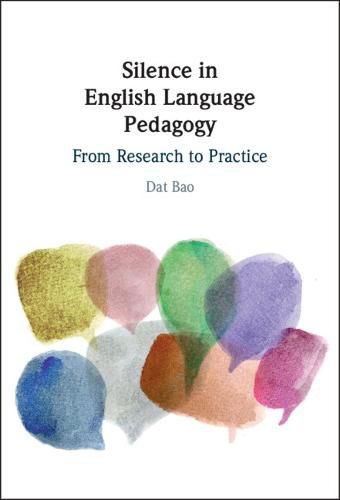Readings Newsletter
Become a Readings Member to make your shopping experience even easier.
Sign in or sign up for free!
You’re not far away from qualifying for FREE standard shipping within Australia
You’ve qualified for FREE standard shipping within Australia
The cart is loading…






Silence in language learning is commonly viewed negatively, with language teachers often struggling to interpret learner silence and identify whether it is part of communication, mental processing, or low engagement. This book addresses silence in language pedagogy from a positive perspective, translating research into practice in order to inform teaching and to advocate greater use of positive silence in the classroom. The first half of the book examines the existing research into silence, and the second half provides research-informed practical strategies and classroom tasks. It offers applicable principles for task design that utilises rich resources, which include visual arts, mental representation, poetry, music, and other innovative tools, to allow both silence and speech to express their respective and interrelated roles in learning. Comprehensive yet accessible, it is essential reading for academic researchers and students in applied linguistics, TESOL, and language teaching, as well as for language teachers and educators.
$9.00 standard shipping within Australia
FREE standard shipping within Australia for orders over $100.00
Express & International shipping calculated at checkout
Silence in language learning is commonly viewed negatively, with language teachers often struggling to interpret learner silence and identify whether it is part of communication, mental processing, or low engagement. This book addresses silence in language pedagogy from a positive perspective, translating research into practice in order to inform teaching and to advocate greater use of positive silence in the classroom. The first half of the book examines the existing research into silence, and the second half provides research-informed practical strategies and classroom tasks. It offers applicable principles for task design that utilises rich resources, which include visual arts, mental representation, poetry, music, and other innovative tools, to allow both silence and speech to express their respective and interrelated roles in learning. Comprehensive yet accessible, it is essential reading for academic researchers and students in applied linguistics, TESOL, and language teaching, as well as for language teachers and educators.